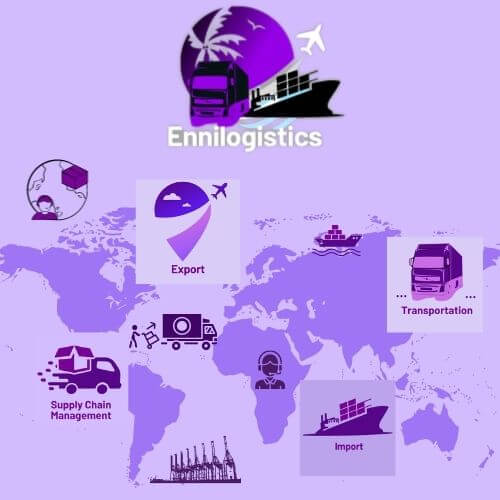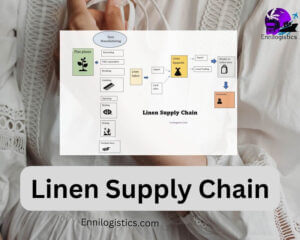Garment trade is a main business in the world. Here going to identify the meaning of garment logistics and the types of the garment logistics process.
What is the meaning of Garment?
Definition of garment
The garment is a piece of clothing constructed and designed as a finished product such as a shirt, t-shirt, pants, etc. Simply called a garment is a cloth that people can wear.
process of manufacturing a garment involves the activities related to designing, pattern making, cutting, sewing, and collecting of fabric or textiles into wearable clothing products.
End products
end products of garments meaning is ready to sell or ready-to-wear products. This includes the clothing design and style as well as functionality.
What is the meaning of Garment Logistics?
Garment logistics including all the activities related to individual garment supply chains. It starts with the manufacturing of garments and ends with the final consumer. And also may include wholesalers, importers or exporters, retail stores, and e-commerce fulfillment centers as intermediary parties of the supply chain.
the garment logistics process needs to manage all the supply chain activities efficiently and effectively with better coordination with the transport and distribution parties.
Types of Logistics in the garment industry
Inbound logistics
The simple meaning of inbound logistics is the acquisition of raw materials and other required components toward the manufacturing center or garment factory. It involves all the raw material and component requirements for the garment production process. for example, fabrics, buttons zippers, and required accessories.
This includes the process starting with finding buyers, calling quotations and negotiations, and for the purchasing as well as coordination of the transport and logistics activities until raw materials are delivered to the company warehouses.
the main challenge of inbound logistics in the garment industry is the price fluctuation of the raw materials. Also placing orders in the right time without delays and using low-time of stores or warehousing is a critical point of the inbound logistics in garment manufacturing.
Production Logistics
This process includes the entire planning and controlling of the manufacturing process of garments. Such as dying, cutting, sewing, assembling, and others.
In production, logistics need to ensure all the materials are available at the right time as well as a timely and accurate production process with high quality. So quality control part is necessary when manufacturing garments. It should be a cost-effective and efficient process.
Inventory Management
More inventory means more cost to a company. So need to control the right quantity of the inventory level of raw materials and finished products as well as work-in-progress goods. The most challenging part of inventory management is keeping stock at a minimum level and a balance between overstocking and running out of stock.
Warehousing
warehousing means keeping or storing goods to be produced or to be sold goods. In this process need to ensure the security and safety of the goods because garments and fabrics are quickly dusted and there is a possibility of damage by insects and some animals. So warehousing process is more careful when storing garment items. Nowadays warehouses use new technology such as warehouse automation with automated machinery and equipment, WMS systems, RFID readings, CCTV cameras, as well as drones for inspections of the warehouses where people can not reach places. Most important to control humidity and temperature for some garments.
Outbound logistics
Outbound logistics means finished products move out of the manufacturing centers for the purpose of selling or exporting. It may be distribution centers, export to another country or retailers,company outlets, or directly to consumers. This process involves transporting goods. Garment transporting needs to be concerned about a dust-free environment and other special requirements for garments. So there is a special container for transporting garments. There is a special container named GOH(Garments on hanger) containers.
Reverse logistics
Reverse logistics involves the handling of returned items. Returns due to exchanges, damages, repair, etc. Return management is the most important part of a garment supply chain. Although it is critical but necessary to do return management to enhance customer satisfaction and keep the brand name.
You may like to read,
Linen Supply Chain: Fabrics Logistics




